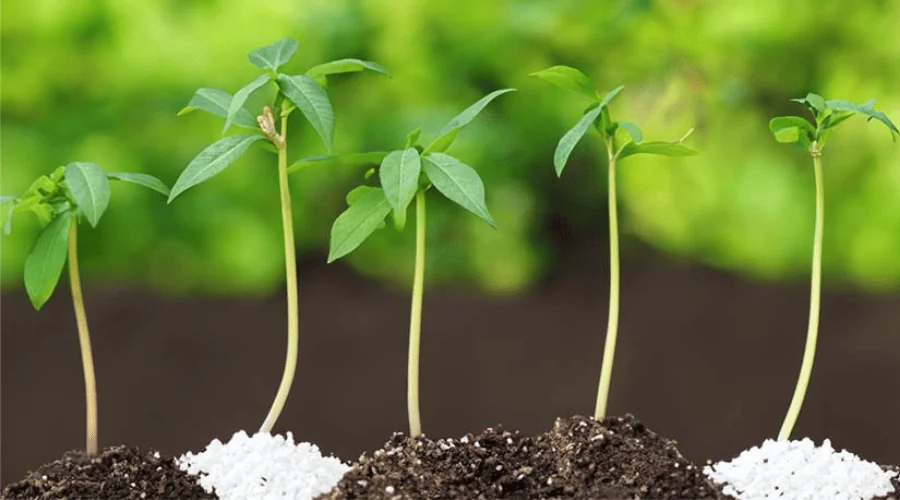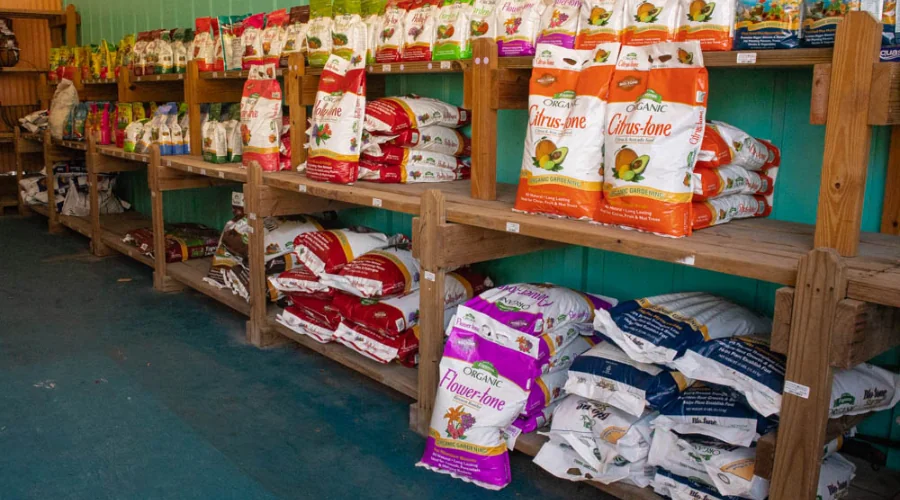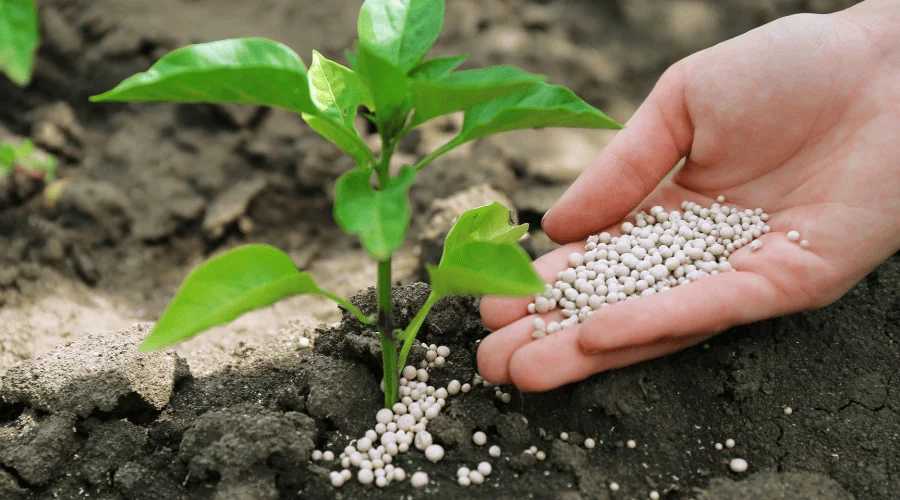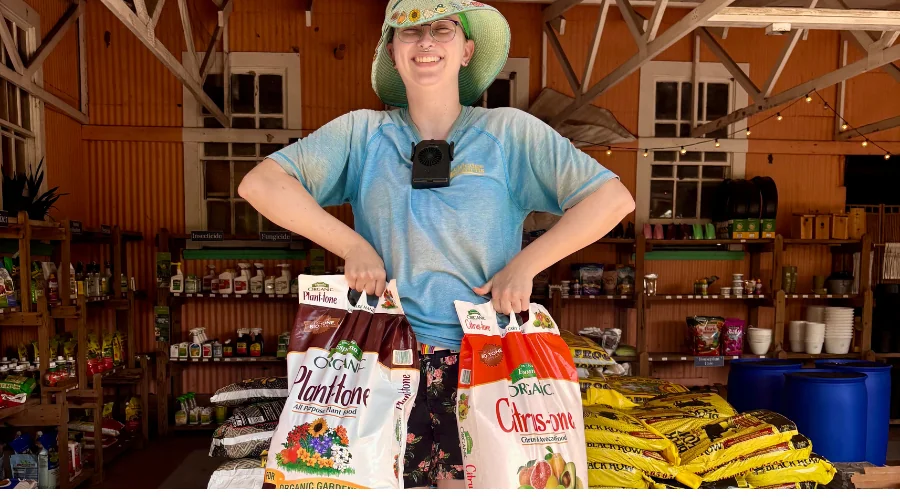By Amanda Rose Newton
As the weather (finally!) starts to cool in Central Florida, your garden is ready for a refresh — and that often means fertilizer time! Fall is a great opportunity to give your plants a gentle boost before the slower winter months. But when it comes to feeding your garden, more isn’t always better. In fact, over-fertilizing is one of the quickest ways to burn your plants and stress your soil.
Here’s how to fertilize wisely this fall — without frying your foliage!

Start Small — Less Is More!
One of the biggest mistakes Florida gardeners make is applying too much fertilizer at once. Our sandy soils drain quickly, and heavy fertilizer use can leach nutrients into groundwater or cause root burn. Start small — apply half the recommended rate on the bag and observe how your plants respond. You can always add more later, but you can’t take it back once applied.
Organic/Natural vs. Synthetic: Feed the Soil, Not Just the Plant
When you choose fertilizer, remember this key difference:
- Synthetic fertilizers feed the plant directly. They deliver quick results but can disrupt the delicate balance of soil microbes.
- Organic or natural fertilizers feed the soil first. They release nutrients slowly as they break down, improving soil health, structure, and microbial activity.
In Florida’s sandy soils, that microbial boost makes a world of difference — it helps your plants handle heat, drought, and pests more naturally.

Understanding the Label: What N-P-K Really Means
That three-number code on every fertilizer bag — like 10-10-10 — tells you the ratio of Nitrogen (N), Phosphorus (P), and Potassium (K).
- N = Nitrogen: Promotes leafy growth. Great for lawns and foliage plants.
- P = Phosphorus: Supports root development and blooms.
- K = Potassium: Builds overall strength and stress resistance.
For example, when prepping flowering perennials or fruit trees for winter, choose a mix with lower nitrogen and higher phosphorus/potassium (like 4-6-8). It’ll encourage sturdy roots and flower buds without pushing soft, new growth that can’t handle cool nights.
Sunlight and Fertilizer: Timing Matters
Did you know fertilizer can be affected by sunlight and heat?
- Avoid fertilizing during the hottest part of the day. Morning or early evening is best.
- Sunlight and high temperatures can cause liquid fertilizers to evaporate quickly — and that wastes nutrients.
- Always water before and after applying fertilizer to prevent root burn and help nutrients move into the soil.

RTU vs. Concentrate: Know Your Application Style
You’ll see fertilizers sold as RTU (Ready-to-Use) or Concentrates.
- RTU products are convenient and pre-mixed, perfect for small gardens or containers.
- Concentrates are more cost-effective for larger areas, but they require careful dilution — always follow the label instructions precisely!
If it says “mix 2 tablespoons per gallon,” resist the urge to add more thinking it’ll work faster. Over-concentration is the most common cause of fertilizer burn.
The Bottom Line
Fertilizing in fall should be gentle — think of it as a tune-up, not a full meal. A light feeding supports strong root systems that will wake up ready to grow when spring returns.
And when in doubt? Go natural, go slow, and let your soil life thrive.
Healthy microbes mean healthy plants — and that’s the best kind of garden insurance you can buy.

Garden Bug Pro tip: Keep a simple garden journal with fertilizer dates, products used, and plant responses. Over time, you’ll find the perfect formula for your Brevard landscape.


